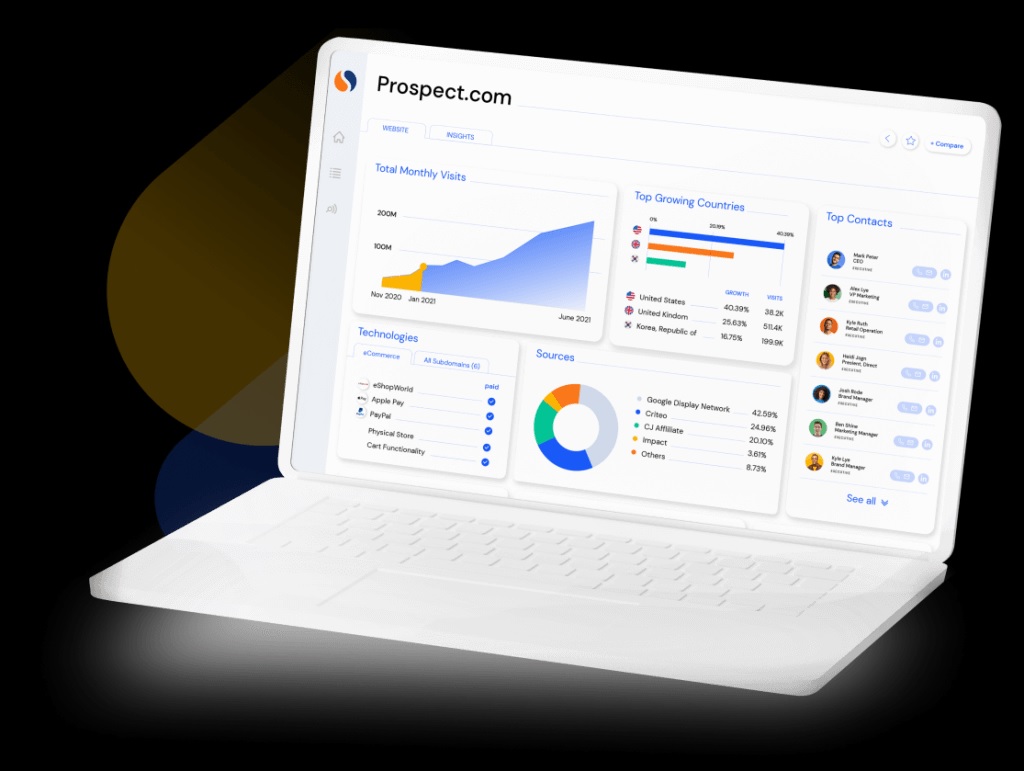Similarweb has launched the Similarweb 3.0 generation of its platform for powering business decisions in the digital world.
Similarweb 3.0 streamlines access to the data and insights on web and app performance that provide the most value, by allowing customers to connect strategic research with daily execution, and at scale. For search engine optimisation and pay per click advertising leaders, Similarweb 3.0 offers better ways of seizing opportunities and staying ahead of the competition. Business leaders and marketing managers can leverage Similarweb 3.0 to focus investments in smarter digital strategies.

“The past three years have brought about a profound transformation in the digital ecosystem, making it a more intensely competitive arena. I’m proud of the work our product and engineering teams have done to not only expand and refine the data that we offer on web and app performance but organise it for delivery in more customisable and efficient ways,” Similarweb CEO, Or Offer said.

Similarweb 3.0 modules include:
- A new Search Tracker, featuring Rank Tracker to alert SEO to changes in rankings on specific keywords and Brand Protection to warn marketers when competitors make aggressive plays against branded keywords.
- Market Intelligence to give business leaders the data and trackers to measure market change, benchmark performance and stay on top of changing consumer needs and trends.
- Website Segments and Custom Industries for custom market analysis at scale. Go beyond tracking competitor domains to isolating product categories, lines of business, or specific page types.
- Data as a Service enhancements for custom access to data via APIs or a new Data Exporter user interface. API access is faster with a richer feature set.
Similarweb Sales Signals alert sales teams to opportunities
Sales Signals, a new feature of Similarweb Sales Intelligence, gives sales teams the visibility to swiftly capitalise via alerts that let them know when opportunities or threats arise. By staying abreast of signals in target accounts like staffing changes, technographics, website traffic and engagement, and more, sales teams can make rapid decisions and stay ahead of the competition.
“For several years, sales teams have relied on intent data alone to find prospects searching for new vendors – but sometimes by the time they’re searching it’s too late because they’ve already settled on a vendor of choice,” Offer said. “With Sales Signals, we can help sellers find opportunities earlier, when buyers are giving off passive signals of a change in their business. Signals like media coverage, website traffic, or adding or removing technologies can be clues that the timing is right.”
Setting up Sales Signals up is simple: define a target audience, choose the signals and set alerts on a daily, weekly, or monthly frequency.

